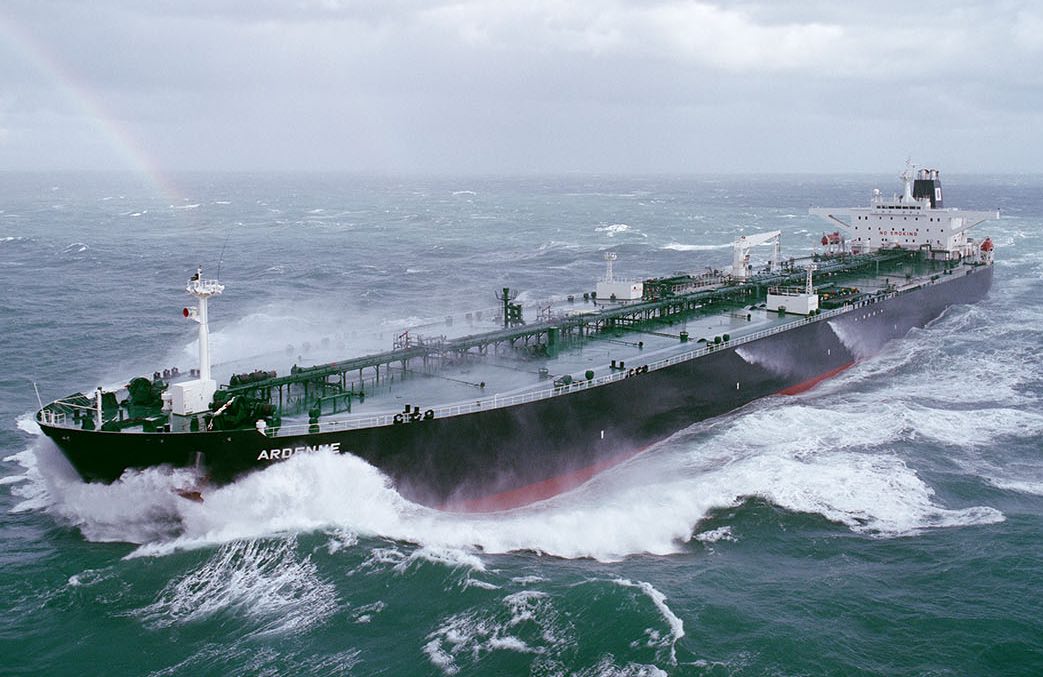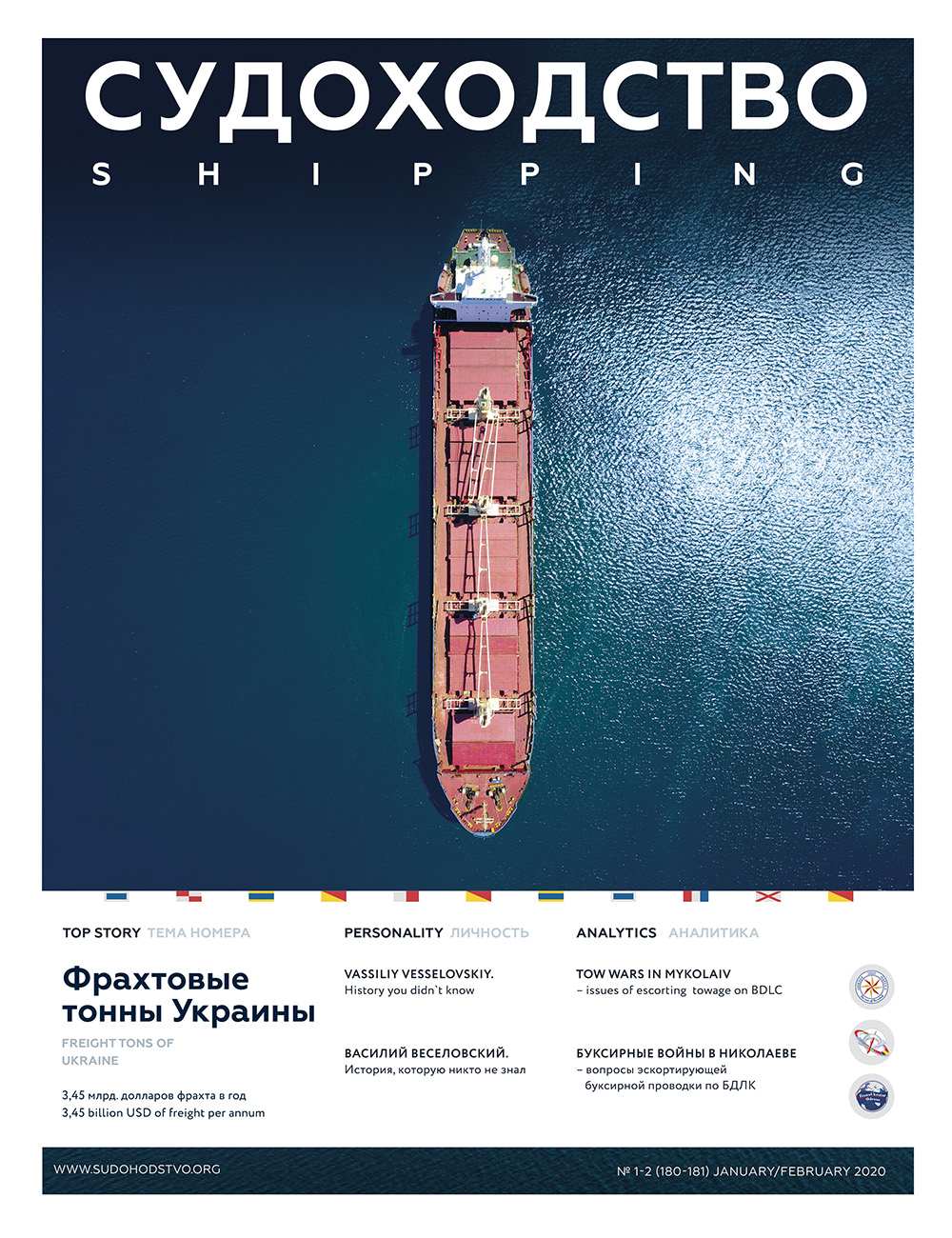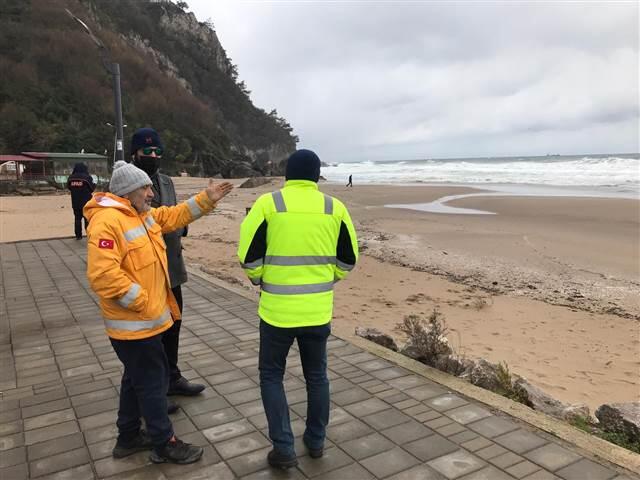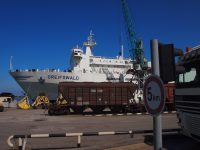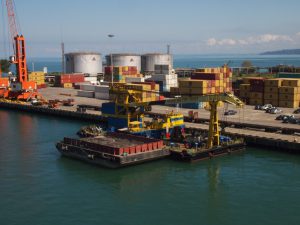By Mike Wackett (The Loadstar) – Alphaliner’s bellwether containership idle tonnage data has recorded a big spike in vessels being consigned to lay-up, shifting the supply-demand balance back in favour of the charterer. The consultant Containership said the capacity of the idle tonnage fleet had risen to 341,000 teu by the end of July, representing 1.6% of the total global cellular fleet. This is a worrying increase for shipowners, not least because this has happened in the middle of the peak season.
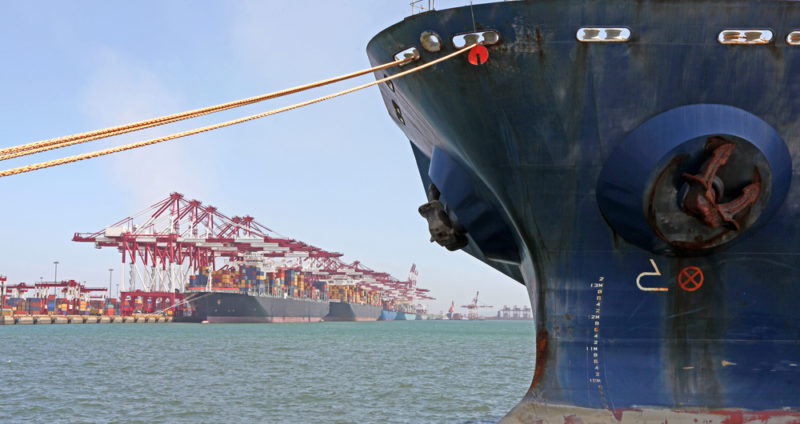
Indeed, with the slack season not normally expected until October, Alphaliner said the amount of unemployed tonnage could reach 750,000 teu, or more, by the end of the year
“Capacity rationalisation moves on the Far East-Middle East and Far East-North America routes are expected to further drive down the active fleet in the coming two months, although this will be partly offset by new service launches on the Australia routes,” said Alphaliner. With ocean carriers carrying forward some $1.2bn of red ink from the first quarter, and many likely to post even worse losses for Q2, the container lines have been under significant pressure to ‘stop the rot’.
But with fuel prices still rising and freight rate increases not sufficiently compensating for extra costs, the lines have adopted a ‘slash and burn’ strategy of pulling services, cutting capacity and postponing planned new services. And this means the carriers have not taken up options for charter extensions on ships and instead returned as much tonnage as possible to owners. The impact has been for brokers of the redundant ships to try to fix cargo on the spot market for as long as possible, but due to a low level of new enquiries, several owners have opted to tie their ships up and try to ride out the period of slow demand. Consequently, Containership the surplus tonnage is having a negative impact on charter rates and has put the carriers back in the driving seat, able to dictate terms and conditions for any urgent requirements. Non-urgent, or less-commercially sensitive business, is being left on the quayside for oncarriage via an alliance vessel, which could be weeks later. One carrier source told The Loadstar this week that new stricter compliance had been introduced within his company, requiring that any charters had to be signed off at a very senior level. He added that a strong business case had to be made before the carrier would even consider chartering an additional ship. And with demand suddenly drying up, the asset values of ships, which are linked to the market level of charter rates, is beginning to fall again. For example, the value of a 2005-built 4,250 teu panamax ship, as recorded by vesselsvalue.com, has fallen in the past month to $7.25m from $7.65, having recovered from a low of $5m in September 2016.


